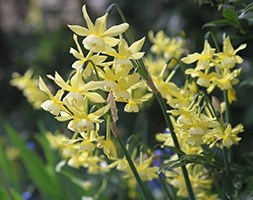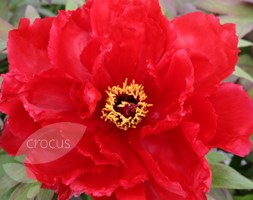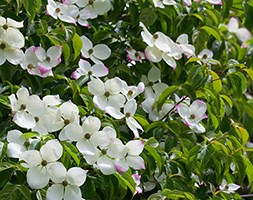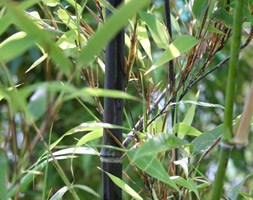Price reductions at Crocus
by Sarah - August 18th, 2013.Filed under: Crocus, Price Reductions.
Crocus reduced the price on these products today
Narcissus ‘Hawera’ (Narcissus) was £3.99 now £1.99
Position: full sun or partial shade Soil: well-drained soil (for container-grown bulbs use two parts John Innes No2 compost to one part sharp grit) Rate of growth: average Flowering period: April and May Flower colour: canary-yellow Other features: contact with the sap may cause skin irritation Hardiness: half hardy Bulb size: 10/12 Each bulb produces several stems, which in late spring, are topped with up to 5 nodding flowers. Their reflexed perianth segments give them a charming windswept look, and as they usually open in succession, they will often flower over several weeks. Triandrus narcissus are perfect for planting into pots, or for adding spring colour throughout the front of the border. Garden care: Plant 10-15cm (4-6in) deep from late summer to early autumn. After flowering feed with a balanced fertiliser, dead-head and allow the leaves to die back naturally.
Paeonia Red (tree peony / tree paeony) was £14.99 now £12.49
Position: full sun or partial shade Soil: fertile, moisture-retentive yet well-drained Rate of growth: vigorous Flowering period: April to May Hardiness: fully hardy Incredibly bright and vibrant, the slightly ruffled petals of this gorgeous tree peony are arranged around a golden boss of stamens. They form large, bowl-shaped (sometimes scented) flowers, which can grow up to 15cm across. This tree paeonia is between 1 and 2 years old. It arrived on our nursery in late winter as a bareroot plant and was immediately potted up into an 11cm pot. It may not have a well developed root system just yet (hence we describe them as bareroot), so you should not worry if the soil falls away when planting out. Garden care: Protect from cold winds and early morning sun. Support the branches of young shrubs with canes to prevent the massive flowerheads from being battered by rain. Tree peonies are hungry feeders, so ensure that container-grown specimens receive a top-dressing of a slow-release fertiliser in spring. In the border apply a top-dressing of a balanced, slow-release fertiliser around the base of the plant in early spring and mulch with well-rotted garden compost or manure. If the plant shows signs of collapse or the leaves become spotty, this may be a symptom of peony botrytis. Remove affected leaves immediately. In the autumn, cut off all of the foliage and dispose of it to avoid reinfection the following spring. The older stems of tree peonies have a tendency to become brittle and snap, so cut these back to the ground in autumn every two or three years.
Cornus ‘Norman Hadden’ (dogwood) was £44.99 now £29.99
Position: full sun, prefers a sheltered spot Soil: fertile, humus-rich, well-drained, neutral to acid soil Rate of growth: average Flowering period: June to July Other features: produces large strawberry-like fruits in autumn Hardiness: fully hardy This graceful dogwood produces masses of creamy-white flowering bracts in June, turning deep pink in July, then large strawberry-like fruits in autumn. The lush green foliage is semi-evergreen. Grown as a larger shrub or small, multi-stemmed tree, it makes a wonderful specimen. Garden care: Incorporate a good amount of well-rotted leafmould when planting. Requires minimal pruning.
Phyllostachys nigra (black bamboo) was £39.99 now £29.99
Position: full sun or partial shade Soil: humus-rich, moist, well-drained soil Rate of growth: fast growing Hardiness: fully hardy One of the most elegant bamboos, with polished, damson-black mature canes and dark green leaves. The slender, arching canes, which are dark green for the first two or three years, look perfect in a contemporary, minimalist garden particularly if the low-growing foliage is stripped. Although this is not one of the more vigorous and invasive bamboos, it is advisable to restrict the roots using a rigid, non-perishable barrier to prevent the plant from colonising adjacent plantings. Garden care: Plant in a large container or surround the roots with a non-perishable barrier that restricts the plant’s spread. Water regularly until established. Bamboos do not like competition, so are best planted en masse in a designated area of the garden.










